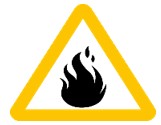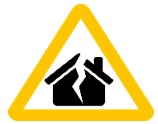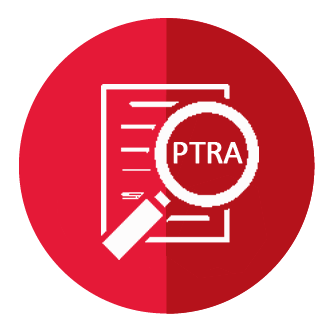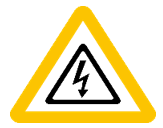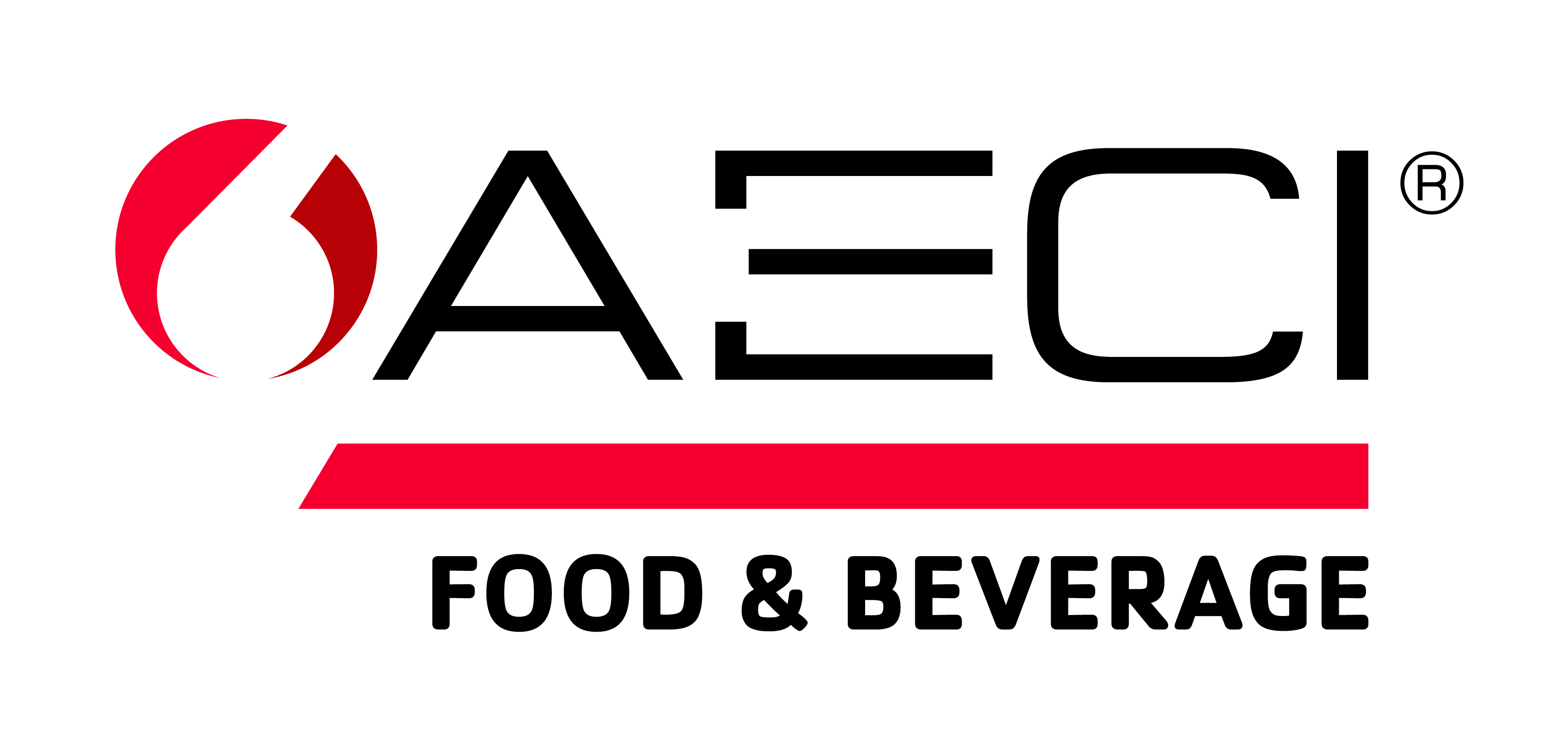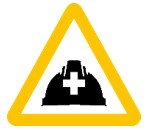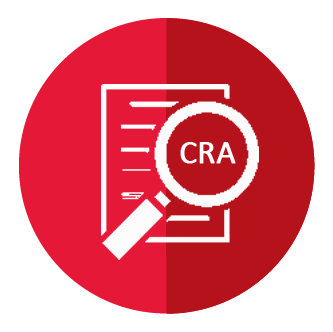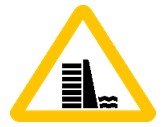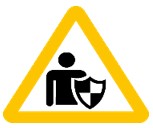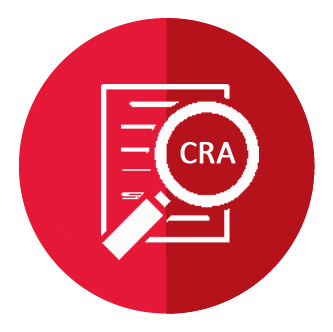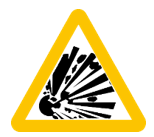Title Page
-
Site conducted
-
Conducted on
-
Prepared by
-
Location
Risk Category Standard - Non-Process Fire Ignition
Responsibilities
-
Who is the Risk Owner of this risk category?
-
Who is the Control Owner of the risk category?
-
Who is the Risk Executer of this risk category?
-
Who is the Task Executers of this risk category?
Competencies
-
Is the Risk Owner trained and competent to manage this risk category?
-
Is the Risk Control Owner trained and competent to manage this risk category?
-
Are the Risk Exacters trained and competent to manage this risk category?
-
Are the Task Executers trained and competent to manage this risk category?
Appointments
-
Is the Risk Owner appointed to conduct his/her duties? (WAH Planner, risk assessor.....)
-
Is the Risk Control Owner appointed to conduct his/her duties? (WAH Planner, risk assessor.....)
Risk Management Requirements
-
Enable and conduct the respective risk assessments for the task (IBRA, PTRA) to specify the risks and precautions to be in place for the task
-
Conduct a fire assessment as per site requirements or as<br>per in-country legislation.
-
Develop a detailed rescue plan as per risk assessment.
-
Have a good housekeeping programme in place for your site<br>to limit the risk of flammable or combustible substances.
-
Ensure the Standard Operating Procedure is in place where<br>applicable, kept updated and workers are trained on it.
-
Issue a Permit to Work before work commences where applicable.
-
Ensure trained and authorised permit issuers and acceptors whoare competent for the work.
-
Refer to the Confined spaces, High-risk machinery and Explosives riskcategory standards if the work includes anything relevant to these.
Minimum Critical Controls
-
Apply ignition source control.
-
Apply good housekeeping of the area: e.g. no papers,<br>oil rags.
-
Ensure flammable stores and zones are designated and<br>suitably designed for its contents.
-
Flame, smoke, gas detectors and/or fire suppressors<br>must be installed where applicable.
-
Fire fighting equipment of the correct type must be<br>readily available and in working order.
-
Comply with specialised PPE requirements as per the<br>risk assessment, Permit to Work and rescue plan.
-
Conduct emergency response as per rescue plan.
Apply Ignition Source Control
-
Check product Safety Data Sheet (SDS) flash points before work starts.
-
Reduce the quantities of flammable materials to a minimum as required for uninterrupted operations.
-
All portable electrical equipment must be registered, and regular inspectionsmust be conducted by a qualified electrician..
-
All equipment must be earthed under strict control where applicable.
-
Ensure that there are no combustible materials in proximity of hot work activities such welding, grinding, cutting, cooking.
-
In potential flammable atmospheres, test atmosphere for flammable gases before and during hot work activities. Examples are in a paint or flammable products store.
-
Ignition sources must only enter flammable areas under strict control.
-
Keep designated smoking areas away from combustible materials and smoke only in designated areas.
-
Use spark-free tools in a combustible area and ensure all sparks are contained.
Flammable Stores and Zones
-
Store all flammables in a flammable store or clearly demarcated zone.
-
Identify, segregate and store all flammable and combustible materials according to their flammability and chemical compatibility chart. This information must be part<br>of the SDS.
-
Ensure the storage is suitable for the products stored within.
-
Ensure proper ventilation and temperature control in these areas.
-
Ensure proper containment of the flammable substances.
-
Follow storage licence capacity requirements as per in-country legislation; the permit must always be available.
-
Keep flammable material inventory to a minimum, as required for uninterrupted operations. (ALARP)
-
Flammable stores for liquids or solids must have safety labels that list their name, flammable warning, flash point, and fire point as per a chemical compatibility chart. The Safety Data Sheet (SDS) must be readily available outside the storage area.
-
Indicate and demarcate all flammable zones (areas, structures and equipment), use applicable signage and adhere to it (e.g. No smoking signs).
-
No fire or open flames are permitted in proximity or inside of flammable storage areas.
-
Access control must be used where applicable.
-
Only flameproof electrical equipment can be used inside the storage areas.
-
Fire extinguishers must be available and maintained.
Detectors and / or Fire Suppressors
-
All detectors or suppressors must be in good working order and checked for functionality periodically.
-
All detectors or suppressors must be audible or visual enough to attract attention when activated.
The suppression system must be suitable for the fire risk present:
-
Dry chemical suppression: for furnace rooms, mechanical rooms or areas where flammable liquid is stored.
-
Wet chemical suppression: forms a vapor foam that prevents materials from re-igniting, mostly used in kitchens.
-
Carbon dioxide: does not require additional clean up or leave behind a residue, used in computer and archival rooms.
-
Good practice is to have detectors linked to an automatic fire suppression system in high risk areas.
Fire Fighting Equipment
Use a suitable type of extinguishing medium and design for the potential fire risk present according to its class rating (identified with a letter and symbol):
-
Class A — ordinary combustible materials such as cloth, plastic, wood, and paper.
-
Class B — flammable liquids such as paint, oil, and gasoline.
-
Class C — live electrical equipment and contain specific nonconductive extinguishing agents. Once equipment has been de-energised, a Class A or Class B extinguisher may be used.
-
Class D — combustible metal alloys and other types of combustible material and contain agents that specifically won’t react with the burning metal.
-
Class K — cooking media such as grease, animal fats, and oil. They create a soapy foam that holds in steam and vapours to extinguish the fire.
-
Quantity of fire fighting equipment must be adequate for the fire risk present.
-
All fire fighting equipment must be highly visible and easily accessible in an emergency.
-
All fire fighting equipment must undergo inspections and testing as required by in-country legislation
-
Workers must be trained in the use of fire equipment.
-
Do not use condemned fire equipment.
